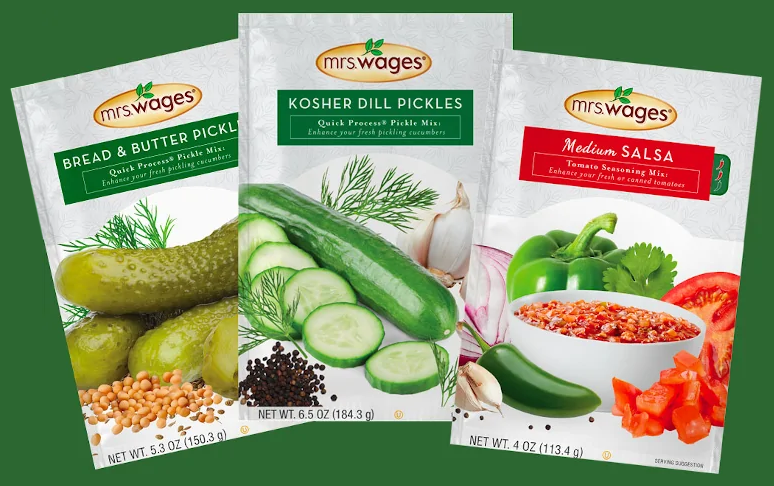| Problem |
Diagnosis |
Remedy |
| Formation of crystals. |
1. Excess sugar |
1. Test fruit juice with jelmeter for proper proportions of sugar. |
|
2. Undissolved sugar sticking to sides of kettle. |
2. Wipe side of pan free of crystals with damp cloth before filling jars. |
|
3. Tartrate crystals in grape juice. |
3. Make grape jelly stock, pasteurize, and let tartrate crystals settle out before making jelly. Refrigerate juice before making jelly. |
|
4. Mixture cooked too slowly or too long. |
4. Cook at a rapid boil. Remove from heat immediately when jellying point is reached. |
|
| Too soft. |
1. Overcooking fruit extract juice. |
1. Avoid overcooking as this lowers the jellying capacity of pectin. |
|
2. Incorrect proportions of sugar and juice. |
2. Follow recommended instructions. |
|
3. Undercooking causing insufficient concentration. |
3. Cook rapidly to jelling point. |
|
4. Insufficient acid. |
4. Lemon juice is sometimes added if the fruit is acid deficient. |
|
5. Making too large a batch at one time. |
5. Use only 4 to 6 cups of juice in each batch of jelly. |
|
| Syneresis or “weeping.” |
1. Excess acid in juice makes pectin unstable. |
1. Maintain proper acidity of juice. |
|
2. Storage place too warm or storage temperature fluctuated. |
2. Store in cool, dark, and dry place. |
|
3. Paraffin seal too thick. |
3. Seal jelly with a single thin layer of paraffin 1/8-inch thick. Prick air bubbles in paraffin. |
|
| Too stiff or tough. |
1. Overcooking. |
1. Cook jelly mixture to a temperature 8º higher than the boiling point of water or until it “sheets” from a spoon. |
|
2. Too much pectin in fruit. |
2. Use ripe fruit. Decrease amount if using commercial pectin. |
|
3. Too little sugar which requires excessive cooking. |
3. When pectin is not added, use 3/4 cup of sugar to 1 cup juice for most fruits. |
|
| Cloudiness. |
1. Green fruit (starch). |
1. Use firm, ripe, or slightly underripe fruit. |
|
2. Imperfect straining. |
2. Do not squeeze juice but let it drip through jelly bag. |
|
3. Juice allowed to stand before it was poured into jars or poured too slowly. |
3. Pour into jars immediately upon reaching jellying point. Work quickly. |
|
| Darker than normal in color. |
1. Overcooking sugar and juice. |
1. Avoid long boiling. Best to make small quantity of jelly and cook rapidly. |
|
| Fermentation. Spoilage evident (do not use). |
1. Yeasts grow on jelly when seal is not airtight (especially in paraffin sealed jars). |
1. Use vacuum sealing. Test seal before storing. |
|
| Mold. Denotes spoilage; do not use. |
1. Imperfect sealing. |
1. Use recommended methods to get airtight seal. |
|
2. Lack of proper sanitation. |
2. Sterilize jelly glasses and all equipment used. |



